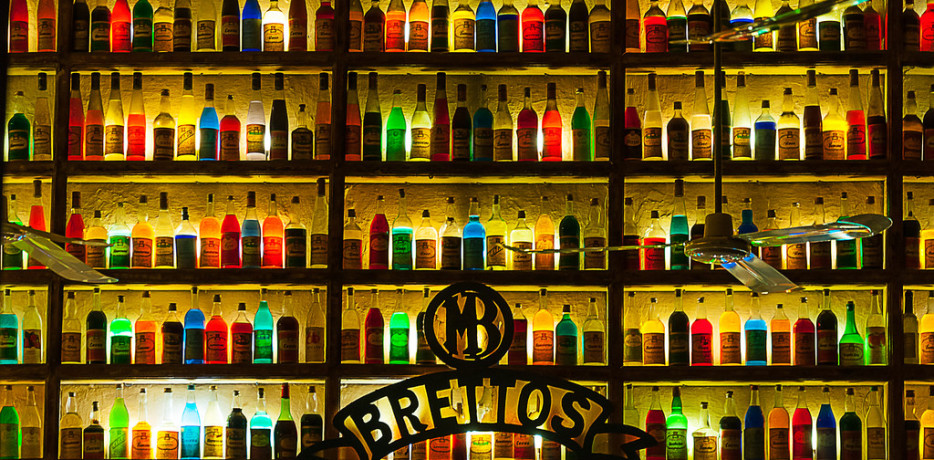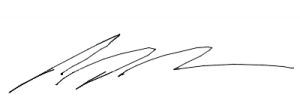Research experts have come to the conclusion that by far the strongest sense in humans is sight. It is also widely accepted that colors can have psychological properties. They can affect our moods, our thought processes and how we perceive different things. If this is the case it is vital to ensure that you are using color psychology effectively to ensure the success of your website.
The Science
The basic process is a relay of signals around the body, beginning at the eyes and ending at the thyroid. The thyroid is the home of hormone production in our bodies, and it is these hormones that are responsible for both the stabilizing and the fluctuations in our moods.
Of course every brain is programmed differently, and we might not all respond in exactly the same way. That being said, there are responses that are considered to be a stereotypical ‘norm’.
For example; the generalized perception of red as being the color of danger and warning.
Research has shown that the majority of men respond best to black, green and blue colored websites, and are turned off by brown, orange and purple. On the other hand, women respond better to blue, green and purple colored websites and dislike brown, orange and grey.
The Colors
Color psychology can be complex and time consuming. To make it easier for you to understand, we are going to look individually at some of the most commonly used website colors and what psychological effect they could be having on your customers.
RED
Red is considered to be a physical color because it stimulates us and raises our pulse rate. It is attention-grabbing and makes us feel a sense of urgency which is why it is most often seen on call to action buttons and sales promotions. However, red can also be perceived as aggressive, demanding and dangerous. Having too many shades of red on a web page can actually have a negative impact on your conversion rate.
BLUE
Blue is the most commonly used website color because it is believed to provoke a mental rather than physical reaction. Strong blues are said to stimulate thought, while soft blues are considered to aid concentration levels and calm the mind. Blue is also associated with trust, professionalism and credibility; which is why many blue-collar businesses-along with legal, medical, scientific and IT companies use this color on their websites.
Also consider that many banks, along with PayPal, use blue as their main website color because they know that when it comes to trusting someone with our hard-earned dollars, trust and security are the key emotions that we need to feel.
GREEN
Scientists believe that green is actually the easiest color for the human eye to process because it is in the center of the color spectrum. It is associated with calm, balance and reassurance, and is a popular choice for environmental, science and medical industry websites. It is also often used on tourism web pages, particularly those that have a great deal of outdoor activities to offer.
PINK
Pink is most commonly seen on female-orientated websites where it is considered to represent femininity, sexuality, nurturing and love. It is used by lingerie and beauty businesses who seek to appeal to these traits. However, too much pink can be physically draining and many feminists believe it refers back to a time when women had little societal standing in their community.
BLACK
Black is the color of sophistication, glamor and excellence and is often associated with luxury products. Black and white work particularly well together to create a powerful visual impact on an audience. Strong, professional brands are most likely to use black in their websites, including cosmetic and fashion, finance and marketing businesses.
However too much black can also be menacing, heavy and oppressive and may have a negative impact on the emotions of your audience.
WHITE
The complete opposite of black, white is the total reflection of the color spectrum and can be visually difficult to process. While it is representative of cleanliness, purity and simplicity, it can also be associated with sterility that screams out to not be touched. This could turn off potential customers.
Too much white on a website can also lead to it looking bland and ineffectual. When writing sales-copy, it’s smart to avoid reverse type, or white text on a colored background. The eye has a difficult time following, and results in the reader looking away to readjust their vision.
Colors to Conversions
So with all this information, how can you ensure that the colors that you use on your website will help to maximize your conversion rate?
You may have to play around with them a little to find what works best for your business. Color psychology is just a guideline to help you gauge what stereotypical responses you can expect from visitors to your website.
P.S. We know designing a website can not only be time consuming, but overwhelming at times. Consider visiting //www.bentbusinessmarketing.com/services/website-design-development/ or calling us at 815.441.2219 and speaking to a member of our web development team.
featured image credit: 5000 Promille via photopin (license)


